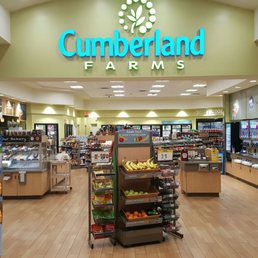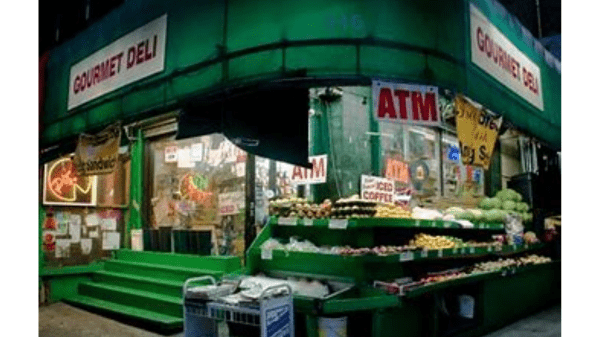On New Year’s night, probably in 2004, I was staying at someone’s apartment in New York’s East Village (the tenant was away). I stayed out late drinking with an old friend, and when I came back around 4 a.m., I found the key didn’t work.
It wasn’t intoxication—I’d had trouble with this sticky lock before—but now it was impossible to open. There was only one solution: to go to the all-night bodega on the corner and hope against hope that they would have graphite lock lubricant.
By some stroke that I considered nearly miraculous, they did, so I was able to get into the apartment without any trouble.

I was put in mind of this incident by a recent article indicating that major retailers are going local. Big Store, Little Store – Wayfind – WD Partners
Evidently more and more consumers are saying they want to work from home and shop locally—within a 3-mile radius.
I’m not sure how this will play out for big retailers: how often do you really go to Sephora or Nordstrom? But it is part of the concept of the 15-minute city, where you can get anything you want within 15 minutes. Carlos Moreno: The 15-minute city (c40knowledgehub.org)
Of course, 15 minutes in Manhattan or San Francisco is not 15 minutes in Oklahoma City. As a matter of fact, we have a small shopping center a 15-minute walk from our house in the western Chicago suburbs. My sons walk there to the Dairy Queen from time to time, but I have never walked to the bagel shop or the health-food store in the same complex.
In any event, if you want to think small in the grocery arena, you could do much worse than look at the typical New York bodega—a compact unit that sells beer, food, detergent, toilet paper, and even graphite lock lubricant. As well as quite a bit of produce.
Manhattan’s bodegas are vanishing, the victim of ever rising rents (I find 10-year-old articles online lamenting their demise). If they go away, it will be a great loss to the city, as I think most of its residents would agree because most New York supermarkets are not something that anyone from any other part of the country would consider acceptable. And even if you have a Whole Foods in the neighborhood, you may not want to walk 20 blocks and then cart everything home.
This bodega system works incredibly well in that context, in which many people don’t have cars and those that do are not going to give up their parking spaces for one or two items.
The New England chain Cumberland Farms (which actually started as a dairy) offers another model, offering gas as well as produce and other food items.


I could see a model in which a store set up along those lines might work well in a broader context. It could even eat into the growth of produce sales at dollar stores.
But I remain steadfast in my conviction that I don’t need a Sephora within 15 minutes.



